Content
1. Why are bathroom brushes prone to mold growth?
Bathroom brushes are often exposed to damp, hot environments, along with residual soap scum, dander, hair, and other organic matter, creating ideal breeding grounds for mold (such as Aspergillus niger) and bacteria (such as E. coli).
Common Problems:
Bristles become yellow and sticky
Black mold appears on the bottom of the handle
Odor during use
2. Bathroom Brush Cleaning Methods (Based on Material)
Cleaning Plastic/Silicone Brush Heads
Steps:
Rinse off residue: Rinse off dirt and foam from the bristles with hot water.
Soaking and Disinfecting:
Soak in a 1:1 mixture of white vinegar and water for 30 minutes to remove mold and deodorize.
Baking soda solution (2 tablespoons in 500ml of warm water) to break down soap scum.
Scrubbing Crevices: Use an old toothbrush to clean mold around the base of the bristles.
Drying: Hang upside down to avoid water accumulation.
Cleaning Natural Material (Palm, Wood Fiber) Brush Heads
Note: Natural materials absorb water easily and require more thorough drying!
Steps:
Gently pat to remove large debris, avoiding rubbing (to prevent bristles from breaking).
Spray with tea tree oil solution (10 drops in 500ml of water) to sterilize.
Dry in the shade: Avoid direct sunlight, as this will cause the bristles to become brittle.
Cleaning a Bathroom Brush with a Squeezer
Focus on cleaning the inside of the squeezer (a common area for mold):
Remove the squeezer and clean the grooves with a toothpick and alcohol pad.
Wipe with bleach (1:10 dilution) monthly to sterilize.

3. Four Tips for Mold Removal and Bacteria Prevention
Regular Deep Disinfection
Boil (for high-temperature resistant brush heads): Boil in water for 5 minutes to sterilize.
Ultraviolet Disinfection: Use a small UV lamp for 10 minutes.
Keep Dry
Install a punch-free brush holder and place it in a suspended position.
Use an anti-mold patch (such as a slow-release chlorine dioxide tablet).
Replaceable Brush Heads for More Hygiene
Removable brush heads are recommended to be replaced every 3 months. Choose an antibacterial material (such as a silicone brush containing silver ions).
Odor Control
Coffee Grounds: Place dry coffee grounds next to the brush head to remove odors.
Citric Acid Spray: Dissolves scale and freshens the air.
4. Bathroom Brush Frequently Asked Questions (FAQ)
- How often should a bathroom brush be replaced?
Recommended replacement cycle:
Regular brush head: 3-6 months (depending on frequency of use)
Antibacterial brush head: 6-12 months
Signs of premature replacement: Bristles deforming/losing, stubborn mildew, cracked handle
- What should I do if my bathroom brush has an odor?
Deodorizing methods:
White vinegar soak: Soak in a 1:1 white vinegar/water solution for 30 minutes, then rinse.
Baking soda scrub: Sprinkle baking soda on the bristles and let them sit for 10 minutes.
Sun exposure: Ultraviolet light naturally kills bacteria (only for sun-resistant materials).
- Can bathroom brushes be used for toilets?
Not recommended for mixing:
Bacteria from toilets (such as E. coli) can contaminate the bristles and spread to walls/floors.
Solution: Use a dedicated toilet brush with a label to distinguish them.
- How can I make my bathroom brush dry quickly?
Tips:
Hanging storage: Choose a hollow brush holder or adhesive hooks. Shake regularly: Shake vigorously after use to reduce accumulated water.
- Is mold on bathroom brushes harmful to health?
Potential risks:
Aspergillus niger may trigger allergies and asthma.
Pseudomonas aeruginosa causes skin infections.
Preventative measures: Wipe the brush handle with a 1:10 bleach solution monthly.
- Why do bristles become harder with use?
Causes:
Scale buildup (especially in hard water areas).
Detergent residue.
Softening method: Soak in a citric acid solution (1 scoop in 500ml of water) for 20 minutes.
- How do I fix a sticky bathroom brush handle?
Three-step solution:
Wipe with an alcohol pad to remove surface dirt.
Apply a small amount of talcum powder to absorb moisture and prevent sticking.
Replace with a non-slip handle (such as a frosted one).


 中文简体
中文简体 English
English Español
Español Français
Français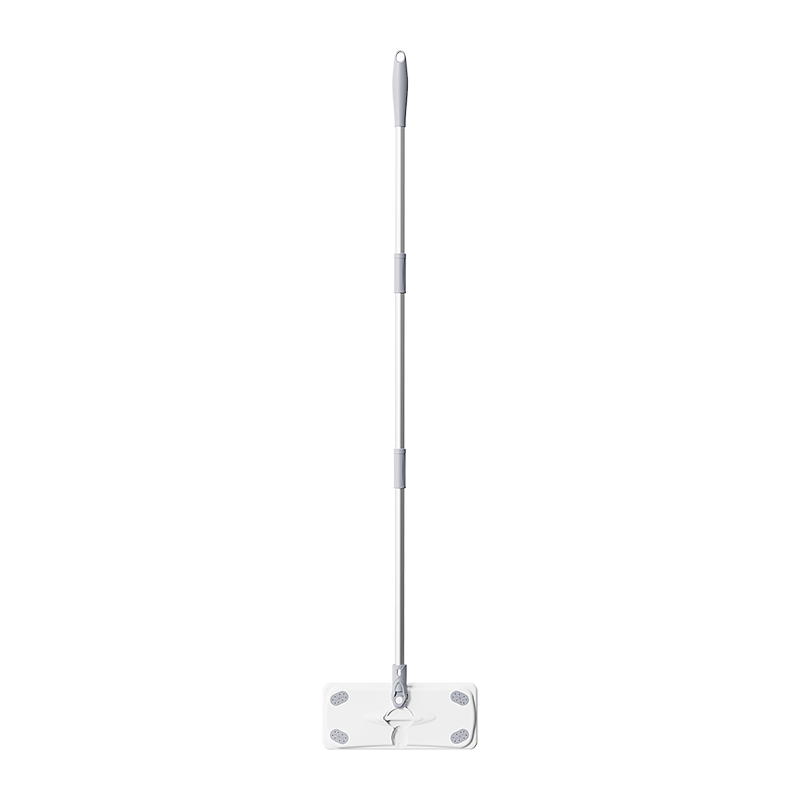
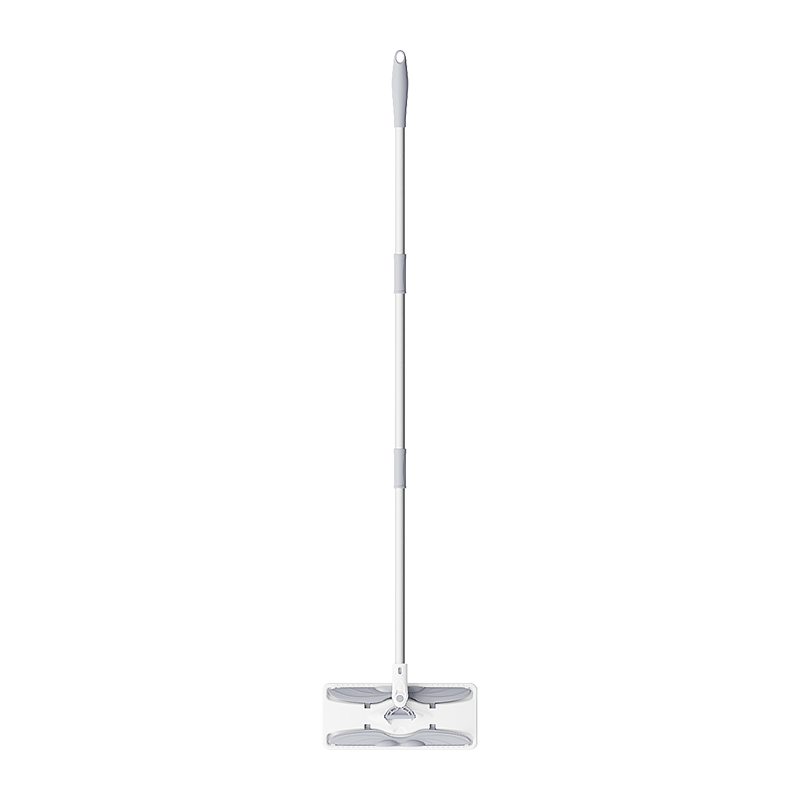
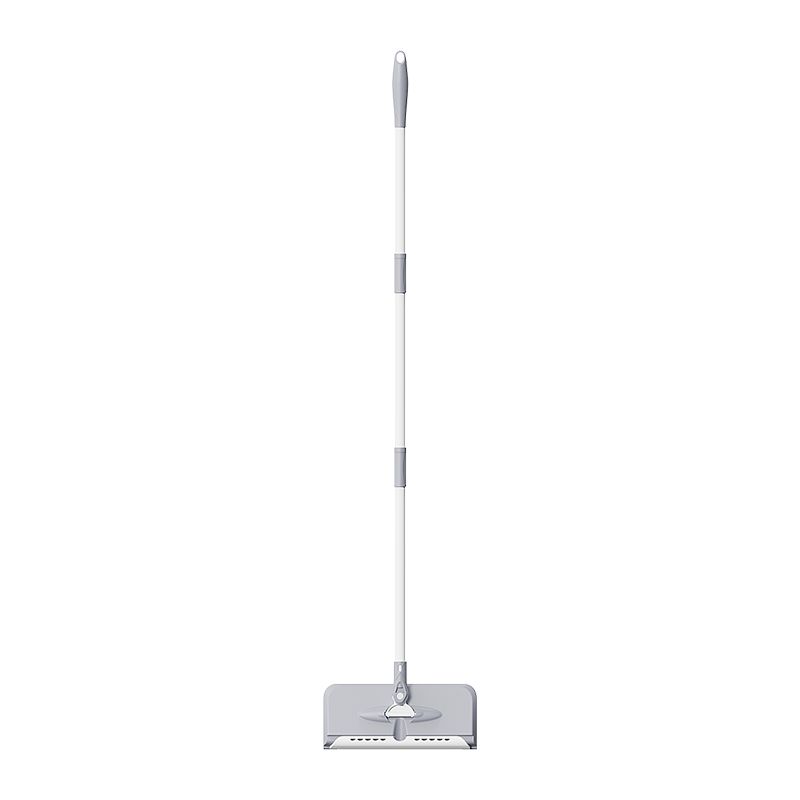
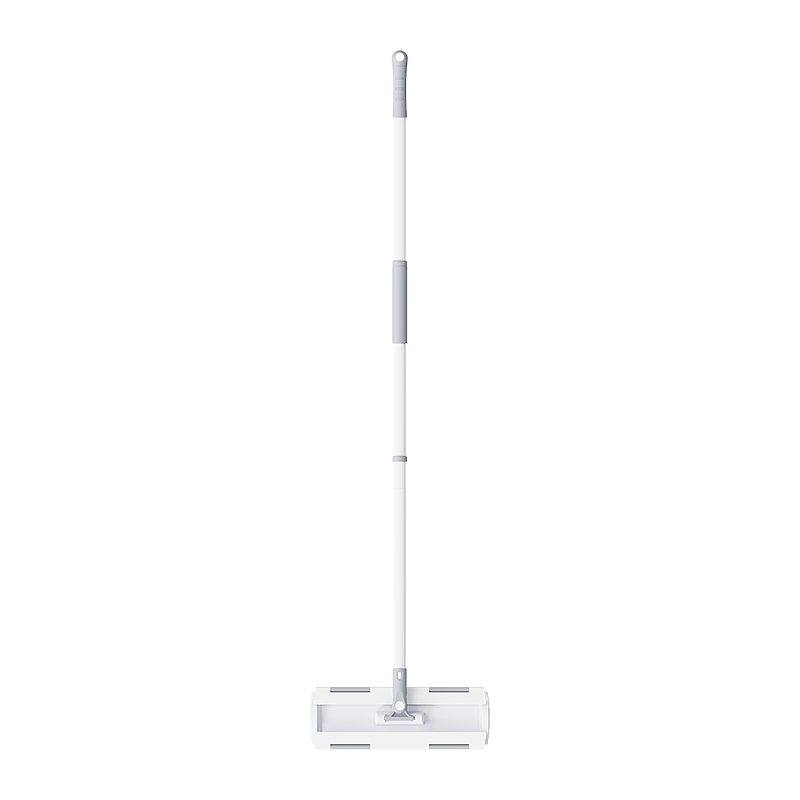
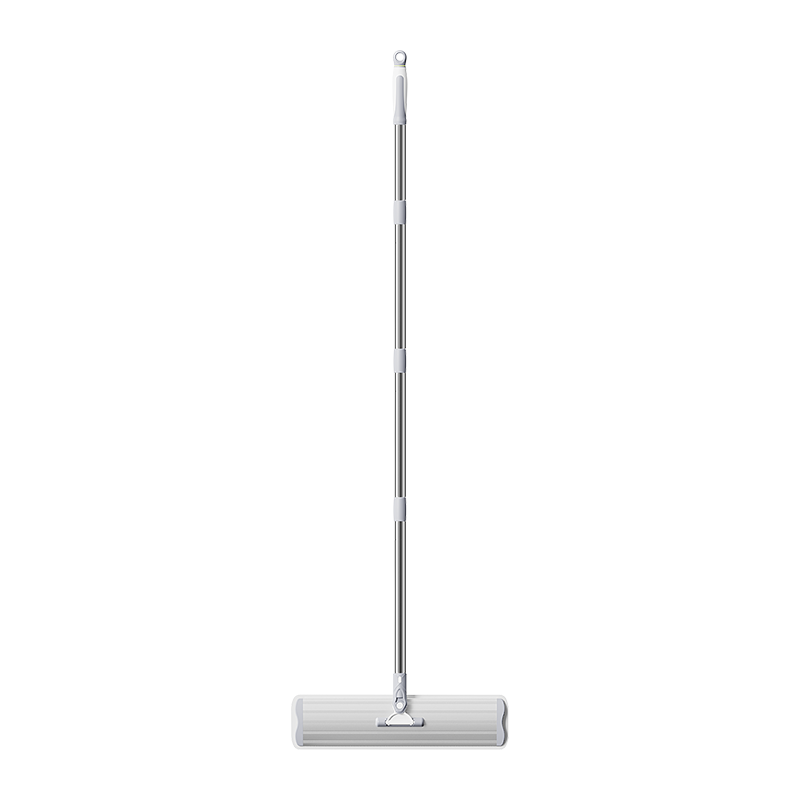
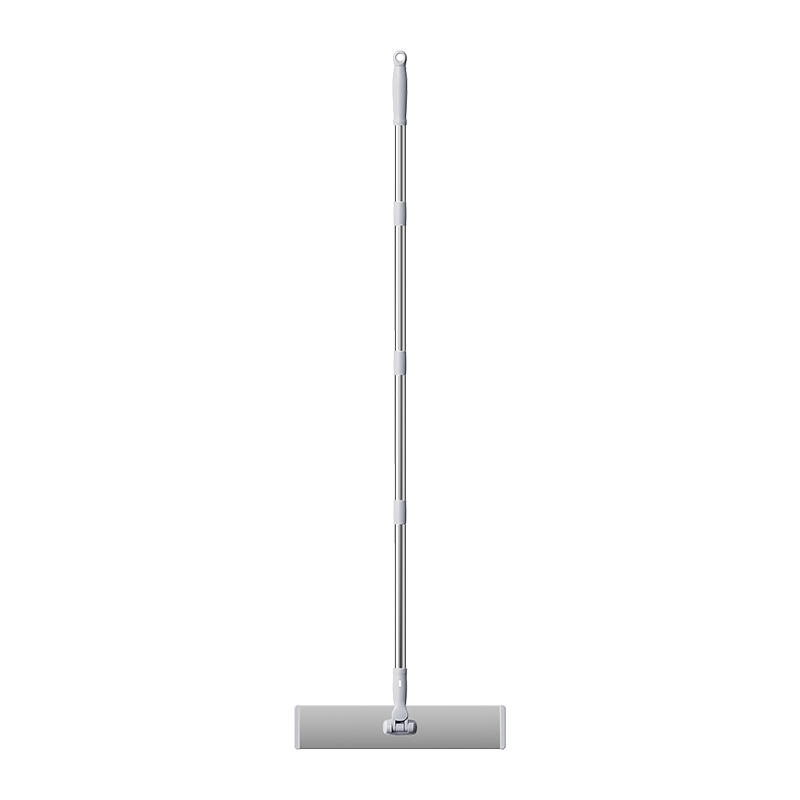
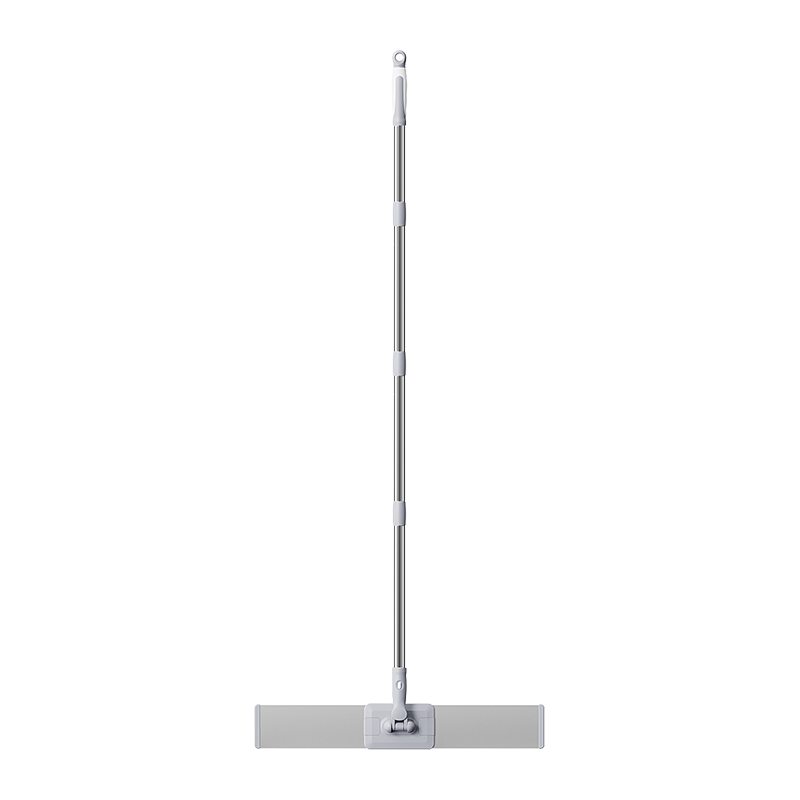
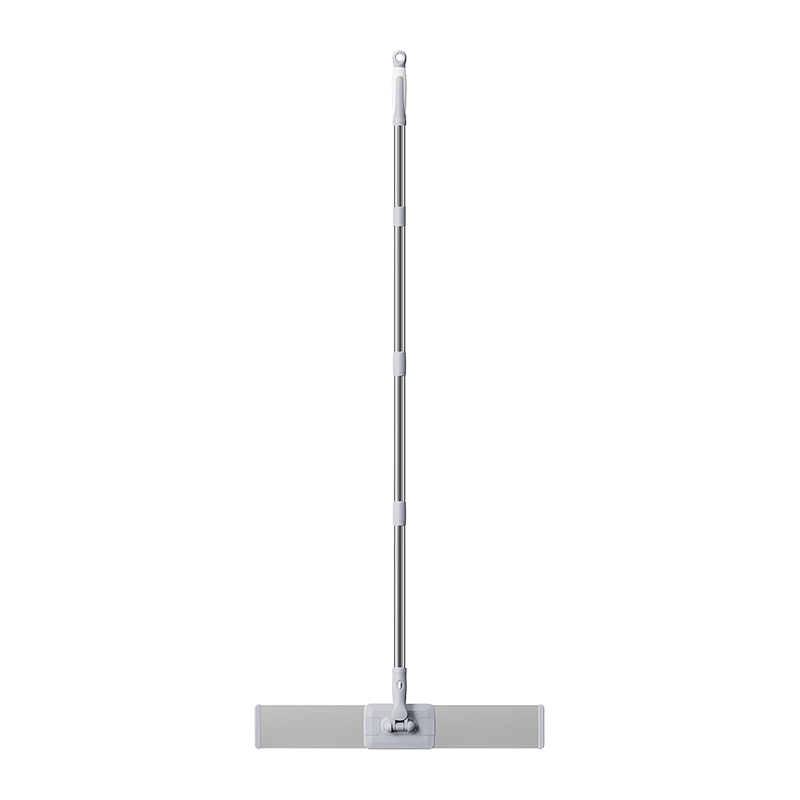
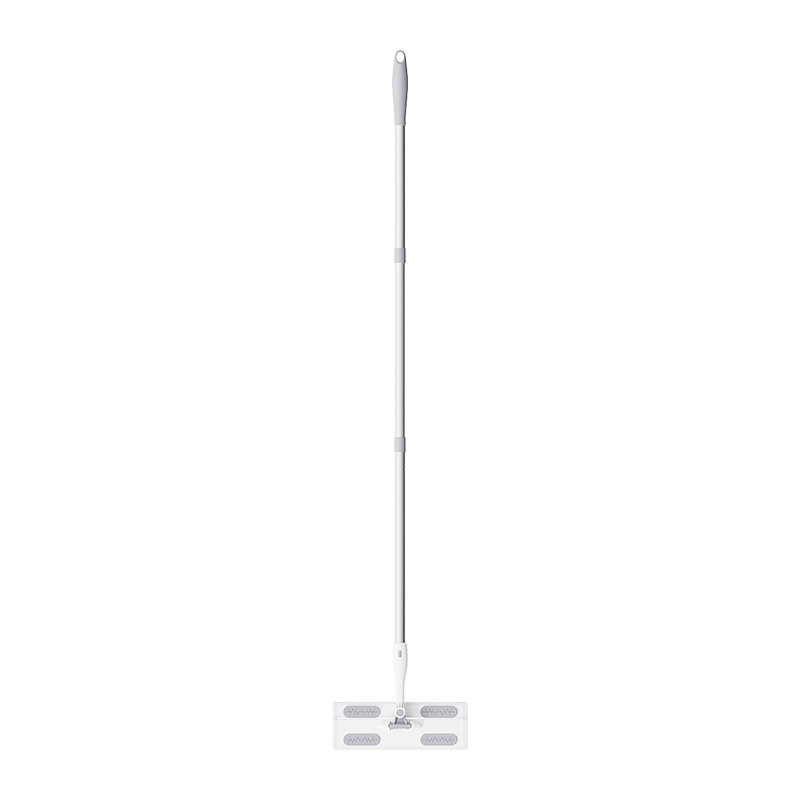
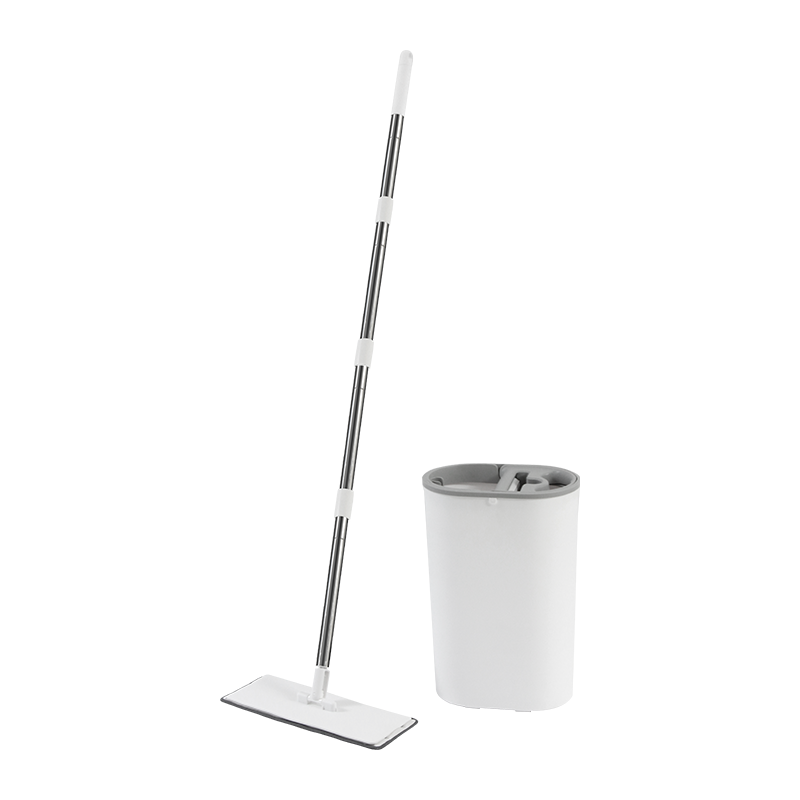
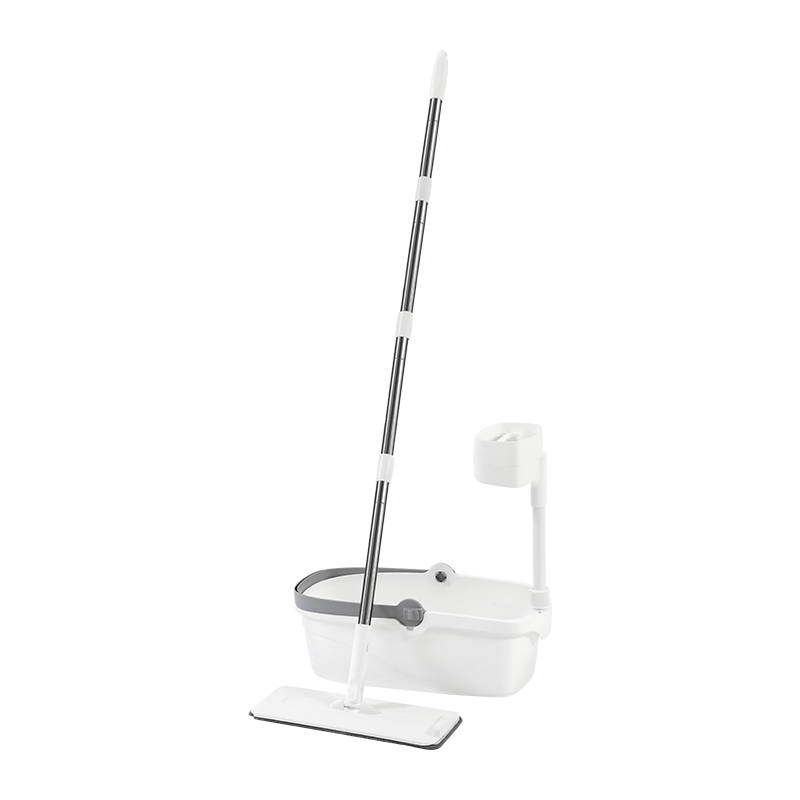

 Products
Products












